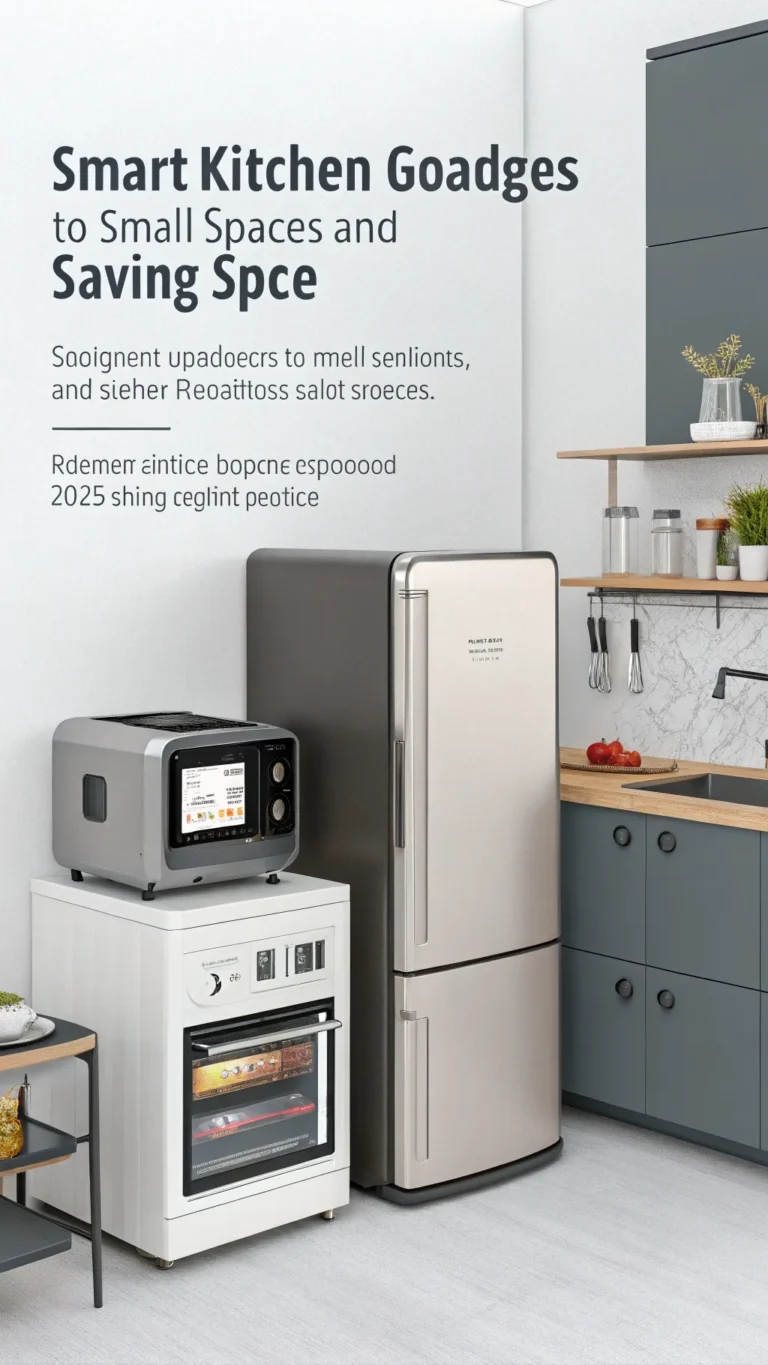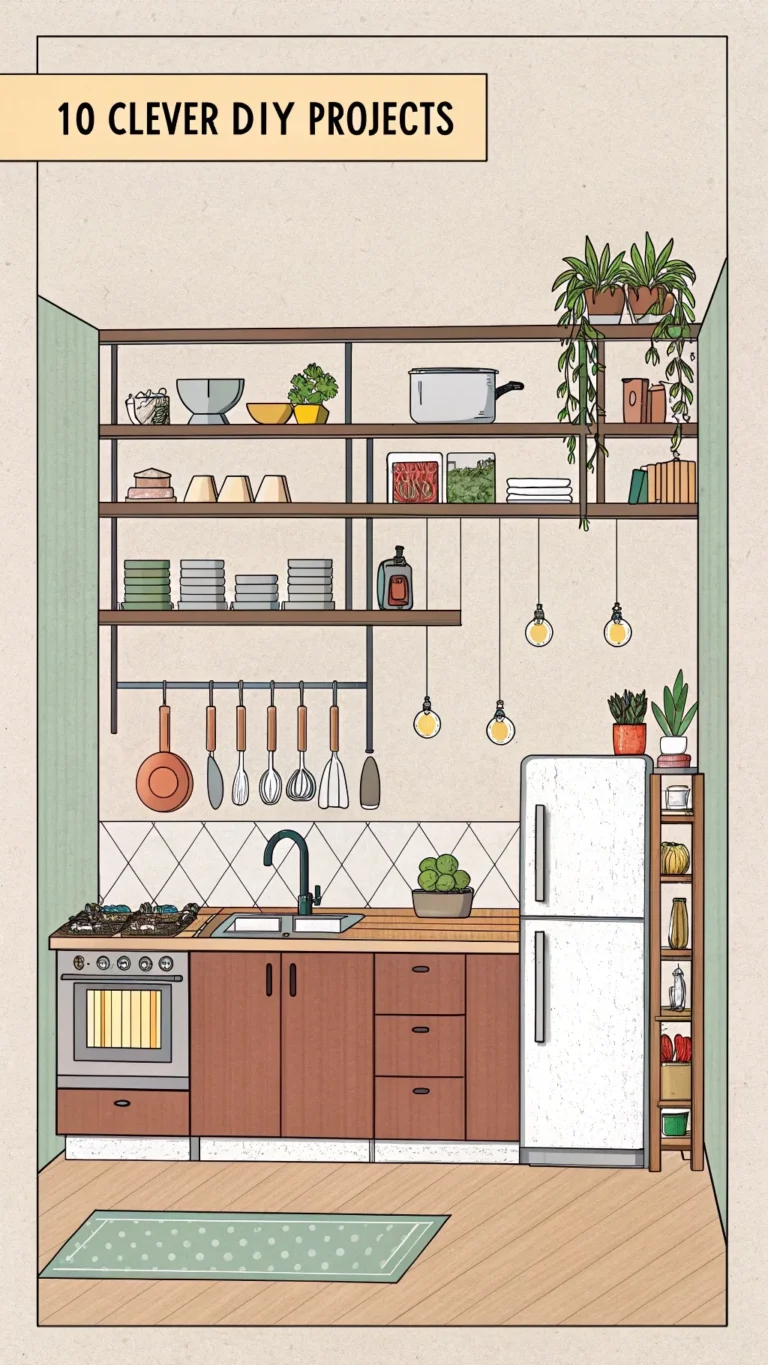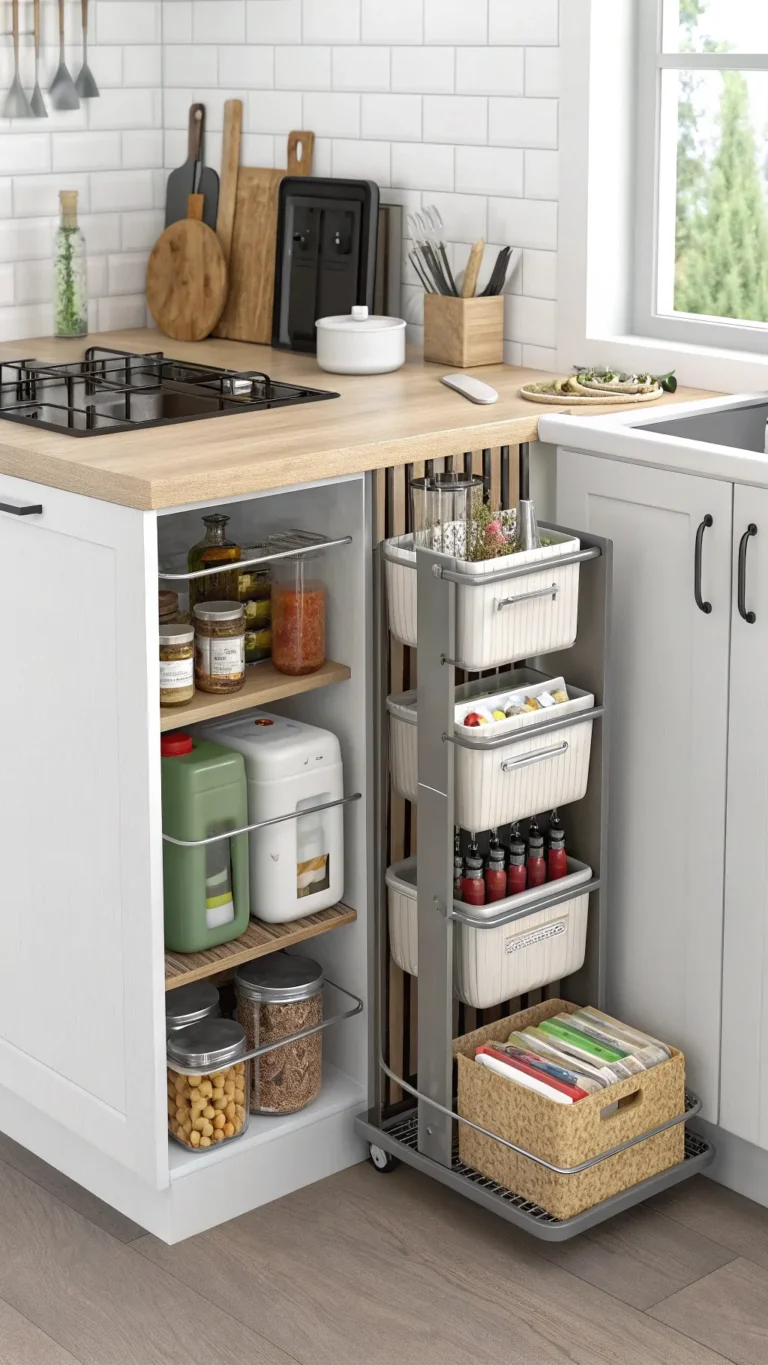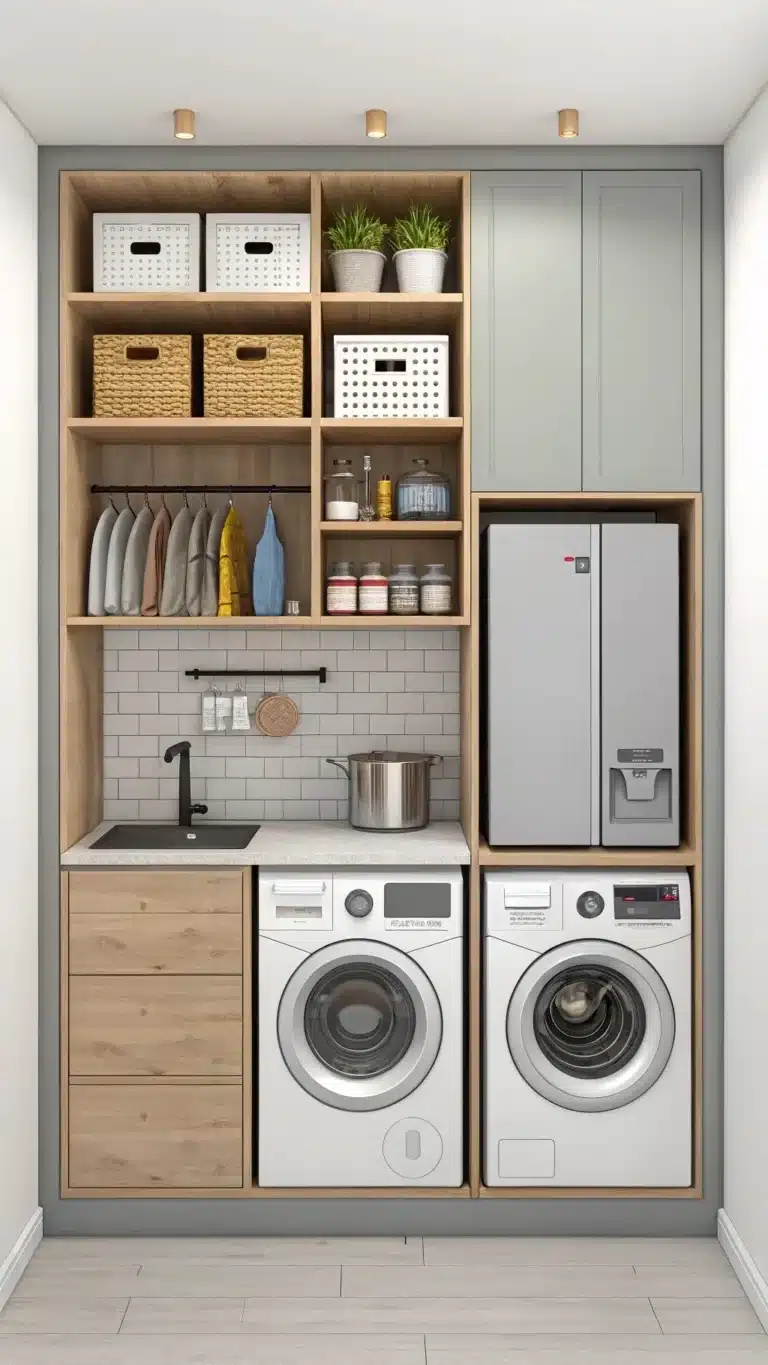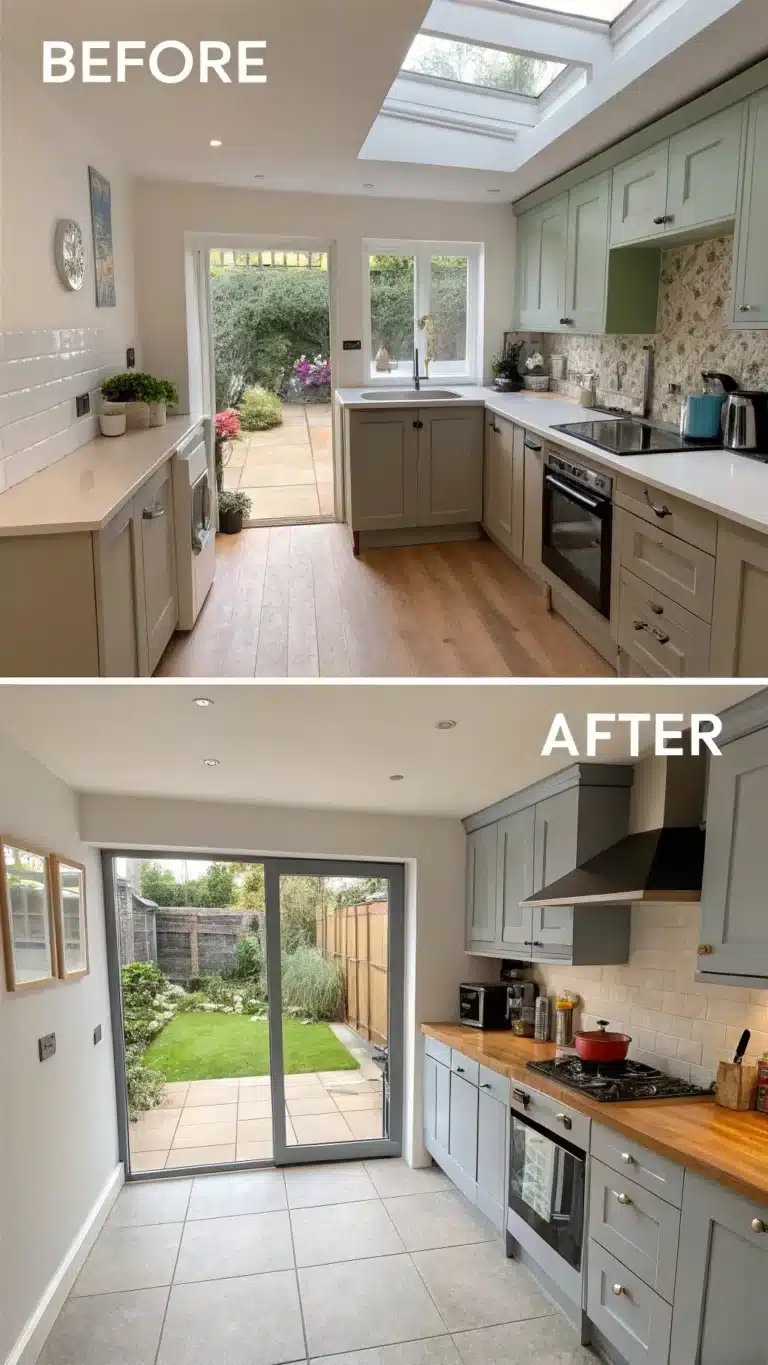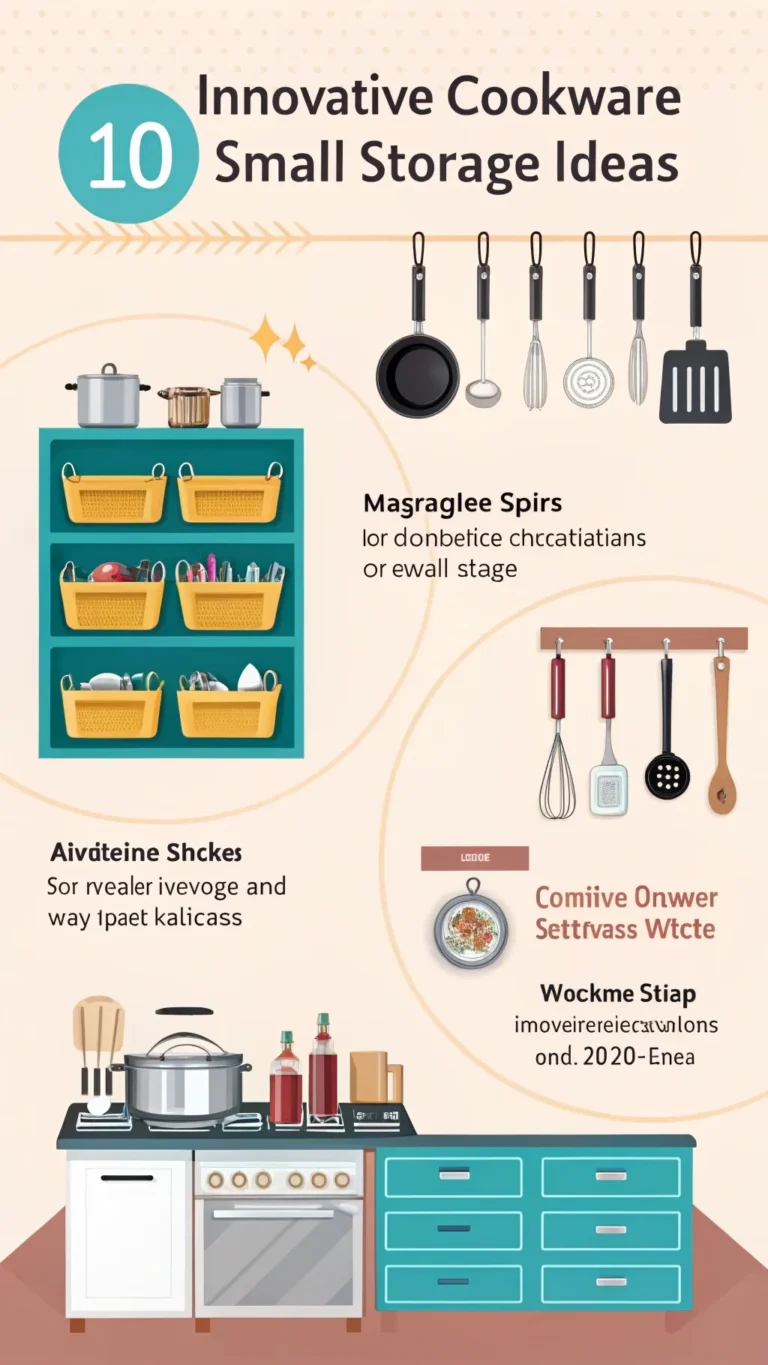Moving is tough work. Renovating a kitchen brings its own stress. Protecting your favorite kitchen tools feels important. Your blender, toaster, and coffee maker are crucial. They make your cooking happen every day. Damage during a move is a real worry. Packing a kitchen is famously hard. Your small appliances need special care.
I understand the feeling completely. I’ve moved my kitchen more times than I like to admit. Each time, I worried about my stand mixer. Or my trusty food processor. This guide helps you avoid that worry. It shows you how to pack small kitchen appliances safely. You’ll learn the right way. This works for any move. It works for storage too.
You’ll find great moving tips here. We cover getting ready first. Knowing the right packing materials is key. I share techniques for different appliances. We discuss organizing your boxes. You’ll even get tips for unpacking later. Let’s get those kitchen helpers packed safely.
Essential Preparation and Gathering Your Packing Arsenal
Packing needs good planning. It makes everything easier later. Think of it like prepping for a big dinner party. You gather ingredients first.
Decluttering Your Kitchen Before You Pack
Less stuff means less packing. It saves boxes and effort. Look at each item. Do you use it often? Has your old bread maker just collected dust? Be honest with yourself. Donate things you do not need. This step really helps lighten the load.
Cleaning Your Appliances
Clean appliances pack better. They stay fresh in boxes. You avoid bringing pests too. Wipe down crumbs from toasters. Clean sticky spots on mixers. Make sure coffee makers are empty and dry. A clean start makes unpacking nicer. I always clean my immersion blender right after using it. This saves effort later.
Gathering the Right Packing Materials
Good materials protect your tools. Do not use flimsy boxes. Sturdy boxes are a must. Double-walled boxes work best. They handle bulky items well. They protect fragile items too. Think about different sizes. Small boxes hold heavy things. Medium boxes work for most appliances.
You need cushioning too. Bubble wrap is great. Packing paper works well. Foam sheets add extra safety. Soft towels or linens can help. Just be careful using fabrics. They do not protect like bubble wrap. I learned this the hard way once. A glass carafe broke. Now I use bubble wrap for glass.
Get strong packing tape. You need good markers. Labeling saves so much time. A utility knife helps open boxes later. Think about moving day helpers. Dollies or hand trucks move heavy items.
Creating a Moving Kitchen Checklist
Make a list before you start. Decide what to pack first. Seasonal items go early. Everyday items pack last. Create a box for kitchen essentials. This holds coffee, a pan, utensils. It is the first box you open. Having this list keeps you on track. It reduces last-minute stress. This is a key part of kitchen organization for a move.
Mastering the Art of Packing Specific Small Kitchen Appliances
Now comes the hands-on part. Each appliance needs care. You want to protect appliances during move. This takes specific steps. It is the best way to pack kitchen items.
Blenders and Food Processors
Blades are sharp and dangerous. Handle them carefully. Wrap blades separately if possible. Use thick paper or bubble wrap. Glass pitchers are fragile items. Wrap them heavily in bubble wrap. Tape the bubble wrap securely. Pack the base separately. Secure any delicate parts. Put padding inside the pitcher too.
Coffee Makers and Toasters
These have glass or ceramic parts. Heating elements are delicate. Wrap glass carafes like blender pitchers. Secure the lid separately. Toasters have crumb trays. Make sure these are empty. Wrap the toaster base well. Protect the slots from damage.
Microwaves
Microwaves are bulky items. Take out the glass turntable. Wrap it very well. Use lots of bubble wrap. Pack it in a separate box. Or put it inside the microwave. Use padding around it. Tape the microwave door shut. Keep it from swinging open. Get help lifting microwaves. They are heavy.
Stand Mixers and Bread Machines
These are also heavy. They have awkward shapes. Wrap the main body first. Use layers of bubble wrap. Protect the knobs and attachments. Pack the mixing bowl separately. Pad it well. Use a sturdy box for the mixer base. Make sure the box can hold the weight.
Air Fryers, Instant Pots, and Slow Cookers
These are popular kitchen gadgets. They have inner pots and lids. Remove the inner pot. Wrap it with padding. Wrap the lid carefully. Secure any handles or buttons. Pack the main unit. Fill empty spaces inside the box. This stops things from shifting.
Specialty Appliances
Think about waffle irons or grills. Sous vide machines need care. Wrap heating elements carefully. Protect any digital screens. Use padding for unique shapes. These often have delicate parts. Treat them gently.
General Techniques for All Appliances
Good techniques apply everywhere.
- Securing Electrical Cord Management: Untangle all cords. Wrap them neatly. Use twist ties or tape. Tape the wrapped cord to the appliance body. This stops them from snagging.
- Protect Protruding Parts: Knobs, handles, spouts stick out. Wrap them with extra padding. Tape the padding firmly.
- Using Original Packaging: The box it came in is best. It fits perfectly. It has custom padding. If you kept it, use it!
- Proper Wrapping Technique: Layer cushioning materials. Use bubble wrap shiny side in. This protects surfaces.
- Filling Empty Spaces: Use packing paper or towels. Stuff the box tightly. This prevents movement. Movement causes damage.
Case Study: Packing a Baker’s Tools
My friend, a passionate baker, moved across town. She had a heavy stand mixer. Her coffee machine had glass parts. She also had smaller kitchen gadgets. A sous vide cooker, an immersion blender. She worried about damage. Time was short before the move.
She followed my advice. First, she cleaned everything. Crumbs out of the toaster. Coffee maker drained and dry. She gathered supplies. Sturdy boxes, lots of bubble wrap. Good packing tape. She secured all the cords neatly.
For the mixer, she wrapped the base thickly. She packed the bowl in its own padded box. The coffee machine came apart. She wrapped the glass carafe heavily. She put padding inside it. Small gadgets like the sous vide got individual wraps. She put them in smaller boxes first. Then she placed these in larger boxes. She used crumpled paper to fill gaps. Every box got a clear label. “Stand Mixer – Kitchen – FRAGILE.” “Coffee Maker – Kitchen.”
On moving day, the boxes were handled gently. Everything arrived safely. Nothing was broken. The clear labels helped unpack fast. She found her coffee maker box right away. She made coffee while unpacking other things. Following the safe packing steps saved her worry and money. It showed the value of careful packing.
Strategic Boxing and Labeling for a Smooth Move
Appliances are wrapped. Now they go into boxes. How you box them matters. Good labeling is crucial. It makes unpacking kitchen much easier.
Choosing the Right Box Size
Do not cram too much in. Do not leave boxes too empty. A box that is too full can burst. An empty box can crush. Choose a box slightly bigger than the appliance. Use padding to fill the space.
Weight Distribution
Put heavier items at the bottom. This is true for each box. It is also true in the moving truck. Place heavy appliance boxes on the floor. Do not stack light, fragile boxes under heavy ones.
Proper Sealing
Use heavy-duty packing tape. Tape all seams. Tape the top and bottom flaps. Use several strips of tape. Make an ‘H’ shape with the tape. This keeps the box sealed tight.
Labeling Like a Pro
Labels are your best friend. Write clearly on each box. What is inside? “Blender.” Which room does it go to? “Kitchen.” Is it breakable? Write “FRAGILE.” Is it heavy? Write “HEAVY.” This tells movers how to handle it. It tells you where to put it. Clear labels save time during unpacking kitchen. You know exactly what is in each box.
Creating an Inventory
Make a list of your boxes. Number each box. Write down what is in box number one. List the contents of box number two. This helps you track everything. You know if a box is missing. It helps when planning the new kitchen setup. This is part of the best way to pack kitchen items.
Moving Day and Unpacking Your Kitchen Appliances
The big day arrives. Getting boxes onto the truck is key. Then setting up the new kitchen.
Loading Appliance Boxes
Load appliance boxes carefully. Keep them upright if possible. Do not stack too many heavy boxes. Use blankets for padding between boxes. Secure them with straps if you can. This stops them from shifting. Shifting can cause damage.
Handling Bulky Items Safely
Heavy items need help. Stand mixers, microwaves, bread machines. Do not lift them alone. Use a dolly or hand truck. Bend your knees when lifting. Ask a friend or mover for help. Bulky items are easy to drop. Take your time moving them. Safe handling prevents injury and damage.
First Steps Upon Arrival
Find your kitchen essentials box first. Set it aside. You will want coffee or a snack. You will need basic tools. This box makes the first hours easier.
The Unpacking Kitchen Strategy
Start with the kitchen boxes. Which ones first? Appliances often come before food. Set up your main appliances first. Place them where they will go. Then unpack cookware and dishes. Food items can come last. This strategy gets your kitchen working faster.
Inspecting Appliances
Before unpacking fully, look at them. Check for any dents or scratches. Make sure glass is not broken. It is easier to see damage now. Report any problems right away.
Disposing of Packing Materials Sustainably
You will have lots of materials. Can you reuse boxes? Offer them to friends who are moving. Recycle paper and cardboard. Check local rules for recycling bubble wrap.
FAQs
Here are common questions people ask.
- Q: What’s the best way to pack kitchen items with sharp blades?
A: Wrap blades separately. Use thick paper or bubble wrap. Secure them well. - Q: Should I use towels instead of packing materials like bubble wrap?
A: Towels offer some padding. Bubble wrap protects better, especially glass. Use towels for non-fragile items. - Q: How do I prevent electrical cord management problems?
A: Untangle cords first. Wrap them neatly. Use ties or tape. Tape the cord to the appliance body. - Q: Is it necessary to clean appliances before packing?
A: Yes, cleaning is important. It keeps things fresh. It prevents pests. It makes unpacking easier. - Q: How do I handle bulky items like stand mixers?
A: Get help lifting them. Use a dolly or hand truck. Pack them in sturdy boxes. Pad them well.
Conclusion
Packing small kitchen appliances takes care. It needs good planning. Use the right packing materials. Apply specific techniques for each tool. Label your boxes clearly.
Following these steps protects your valuable items. Your blender, mixer, and toaster will arrive safely. This makes the moving process smoother. It makes unpacking kitchen easier too. Take the time to pack smart. Your kitchen helpers will thank you. Use this guide for your next move. Learn how to pack small kitchen appliances like a pro.
FAQs
Here are common questions people ask.
- Q: What’s the best way to pack kitchen items with sharp blades like food processors?
A: Wrap sharp blades separately. Use thick paper. Or use bubble wrap. Secure the wrapping tightly. This prevents cuts. It protects the blades too. - Q: Should I use towels instead of packing materials like bubble wrap for cushioning?
A: Towels add some padding. They work for items that are not fragile. Use bubble wrap for glass items. It gives better protection. I learned this with a glass carafe. - Q: How do I prevent electrical cord management from becoming a tangled mess?
A: Untangle all cords first. Wrap them neatly. Use twist ties or tape. Tape the cord to the appliance body. This keeps cords tidy. - Q: Is it necessary to clean appliances before packing them for storage?
A: Yes, cleaning is important. It keeps things fresh. It helps prevent pests. It makes unpacking easier later. Clean crumbs out. Make sure everything is dry. - Q: How do I handle bulky items like stand mixers or microwaves on moving day?
A: These items are heavy. Get help lifting them. Use a dolly if you have one. Pack them in sturdy boxes. Pad them very well. Safe handling prevents damage.
Here is the conclusion section.
Packing small kitchen appliances takes thoughtful planning. We looked at getting everything ready first. Gathering the right packing materials is key. Using specific methods for different items works best. Good labeling makes a big difference later. These simple steps keep your valuable kitchen tools safe. I know how much we rely on them every day. My trusty blender and stand mixer arrived perfectly using these steps. It really makes moving much less stressful. Knowing your favorite gadgets are safe feels good. Unpacking kitchen items goes smoothly this way. Use these ideas for your next move or storage project. This guide showed you how to pack small kitchen appliances safely. These are truly helpful moving tips. You will feel great seeing your items arrive safe. Protect your cooking helpers well. Happy moving!

